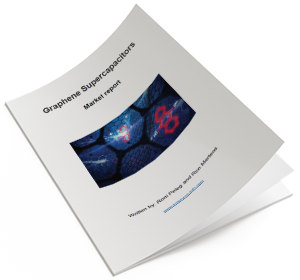Zap&Go awarded with $1.6 million from the EU to continue development of its graphene supercapacitor enhanced power tools
UK-based graphene supercapacitor developer Zap&Go announced that it was awarded with a $1.6 million USD from the European Union to perfect the prototype cordless tools powered by its fast-charging graphene supercapacitors.

Zap&Go initiated a self-funded feasibility study to embed its graphene supercapacitors in cordless tools. The company says that it has received commitments from major OEMs in joint development agreements. In this new EU-funded project, Zap&Go intends to further develop its power modules and electronics, integrating them with cordless tools such as vacuum cleaners and power drills, and finally build units to conduct customer trials.






